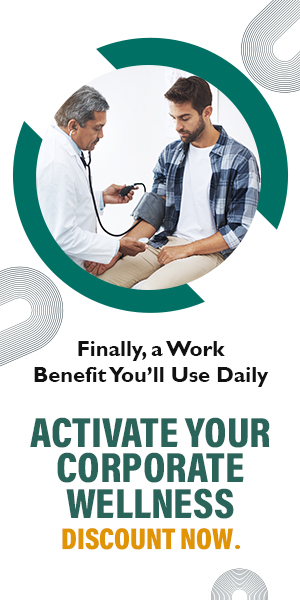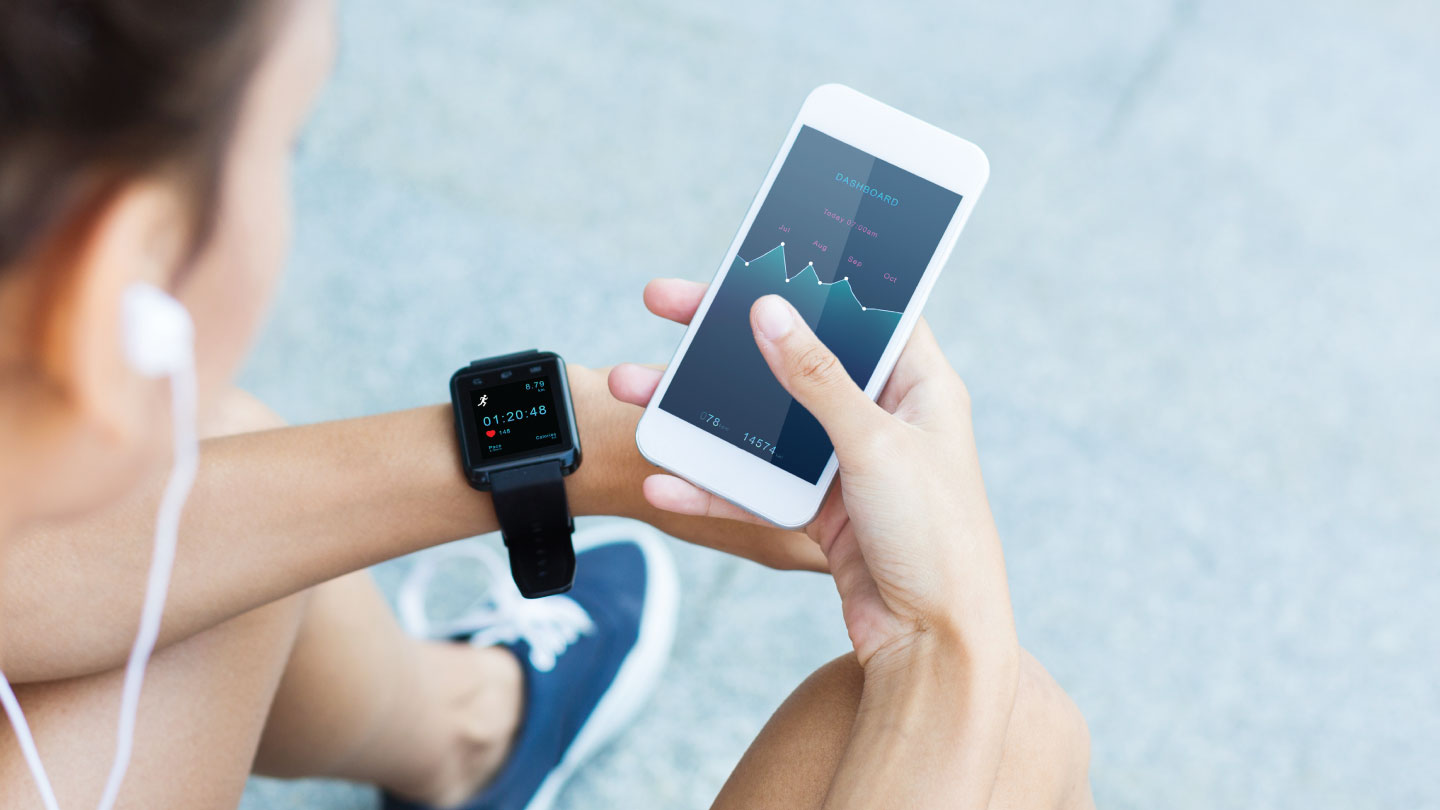Movement
Handy Guide To Body Pain
Each type of pain, whether it's a headache, stomachache, or backache, varies in nature based on its intensity and location. Addressing and managing different pain requires different approaches to treatment. Here’s what you need to know about managing pain.

Although the perception of pain may differ among individuals, regrettably, pain is a rather common human experience. According to a 2022 study issued in the Journal of Headache And Pain, the estimated global prevalence of active headache disorder was 52 per cent, for migraines, 14 per cent, and tension-type headaches, 26 per cent. Pain, whether it manifests as a dull ache or a sharp sensation located in your head or your back, has the potential to disrupt your daily life. At times, it serves as an indicator of an underlying injury or medical condition, while in some instances, the pain itself, as in the case of migraine headaches, is the primary concern.
Unlock insider access to the best movement plans for free! Sign up today.
Every form of pain, no matter its intensity, should not be dismissed lightly. Studies have shown that pain can exert adverse effects on various aspects of our lives, such as our professional pursuits, social interactions, and even our capacity to care for our loved ones.In the quest to manage pain effectively, one of the most crucial initial steps is identifying the specific type of pain you're encountering. This knowledge is essential in facilitating prompt and targeted relief.
Related story: 9 Common Causes For Body Pain
Types of Body Pain
1. If you have headaches:
Headaches are common afflictions that can significantly disrupt our daily lives. Understanding the underlying causes and implementing effective management techniques are crucial steps in alleviating these painful conditions. Stress and anxiety acts as primary triggers followed by muscle tension and poor posture, dehydration and lack of sleep.
Try the Child pose
- Kneel on the floor or your yoga mat with your big toes touching and knees hip-width apart.
- Sit back on your heels, allow your buttocks to rest on your heels. Extend your arms forward, reaching them out in front of you on the mat.
- Lower your torso down towards the floor, place your forehead on the mat. Your chest should rest on your thighs. Keep your arms extended or relax them by your sides with your palms facing up.
- Breathe deeply and relax in this position. Feel a gentle stretch in your lower back, hips, and thighs.
- Hold the pose for as long as it feels comfortable, typically 30 seconds to a few minutes, while focusing on your breath and relaxation.
Over-the-counter medications e.g., ibuprofen, aspirin, acetaminophen work for headaches. And, caffeine-containing medications work for migraines.
Managing headaches requires a comprehensive approach that combines lifestyle adjustments, over-the-counter and prescription medications, and alternative therapies. Identifying and avoiding triggers, as well as seeking professional guidance, can significantly improve your quality of life and reduce the frequency and intensity of these painful episodes.
Related story: Massage These Acupressure Points To Ease Headaches
2. If you have muscular pain:
Muscular pain can be a debilitating issue that affects individuals of all ages and activity levels. Muscular pain can be caused due to overuse of muscles during physical activity such as lifting heavy objects without proper techniques, repetitive motions in the workplace, sprains and strains resulting from sudden movements or accidents, microtears in muscle fibres due to excessive tension. Effectively managing muscular pain involves a combination of strategies, including rest, self-care, professional guidance, and appropriate relief techniques.
Try forward bending stretch
The standing forward stretch is a beneficial yoga pose for improving flexibility. This stretch eases the tension in your spine, neck, back, and hamstrings releasing tension, and promoting relaxation.
- Standing up straight with your feet hip-width apart. Arms should be relaxed. Slowly raise both arms out to the sides, bring your arms upward until they are fully extended overhead.
- With a steady exhale, bend forward at your hips, keeping your back straight. Imagine your hips pushing backward as your upper body leans forward. Lower your torso gradually, reaching towards your toes. You can bend your knees slightly if needed.
- Allow your hands to drop as far as your flexibility allows, whether it's to your toes, shins, or knees. The goal is to feel a gentle stretch in your hamstrings and along your spine.
- Relax your neck and let your head hang freely. Feel the release of tension in your neck, back, and spine as you maintain this position.
Related story: 8 Things You Should Do When You Have A Headache
3. If you have joint pain:
Easing joint pain often involves gentle exercises and movements that help improve joint flexibility and reduce discomfort. Tai Chi is a mind-body practice that involves slow, flowing movements. It can enhance balance, flexibility, and strength while reducing joint pain.
Try
Hot and Cold Therapy: Applying heat and cold to the affected joints can help relieve pain and reduce inflammation. Use hot packs or warm baths for relaxation and cold packs to reduce swelling.
Massage: A professional massage therapist can help release muscle tension and improve blood flow, which may alleviate joint discomfort.
Low-impact aerobics: Activities like walking, swimming, water aerobics, and stationary cycling are excellent for joint pain relief as they provide a cardiovascular workout without putting excessive strain on the joints.
Chair squats: Chair squats are an excellent option for individuals who may have limited mobility or joint issues as they provide support and reduce the stress on the knees.
- Sit on a chair with your feet flat on the floor. Scoot to the edge of the chair so that your buttocks are barely touching it, and your back is not leaning against the backrest.
- Maintain a neutral spine position, with your chest lifted and your shoulders relaxed. Keep your knees apart, aligned with your hips.
- Slowly lean forward from your hips while keeping your back straight. Once you've reached the limit of your forward lean and your thighs are almost parallel to the floor, pause for a moment.
- To stand up, push through your heels and use your leg muscles to lift your body. Keep your back straight as you do this.
- Stand fully upright, extending your hips and knees. Repeat this motion 10 times.
Related story: 7 Moves To Relieve Stiffness From Sitting All Day—Full Body Mobility Routine
4. If you have back pain:
Back pain is a prevalent issue that can disrupt daily life and activities. Common risk factors for back pain are muscle strain due to sudden movements, sitting or standing with poor posture for extended periods, slouching, sports injuries, age-related degeneration, trauma from accidents or falls.
Stretching is an effective way to alleviate back pain and maintain spinal health. Physical therapists can provide exercises and techniques to strengthen the back and improve posture.
Try cat-cow pose
- Start on your hands and knees, with your wrists aligned under your shoulders and your knees under your hips.
- Inhale and arch your back, lifting your head and tailbone towards the ceiling (cow position).
- Exhale and round your back, tucking your chin to your chest (cat position).
- Alternate between these positions, flowing smoothly with your breath. Repeat for 1-2 minutes.
Related story: Rehabilitation Therapies At UR.Life To Ease Lower Back Pain
5. If you have a stomach ache:
Stomach aches can range from mild discomfort to severe pain and can be caused by various factors. If you experience recurrent or severe stomach pain, consult a healthcare provider to identify and address any underlying medical conditions. Risk factors for stomach ache include overeating or eating too quickly, consuming spicy foods, bloating, stress, anxiety, excessive caffeine or alcohol. Preventing stomach aches involves maintaining a balanced diet, staying hydrated, managing stress, and practising good hygiene.
Try
Dietary adjustments: Avoid overeating and consume smaller, more frequent meals. Identify and avoid trigger foods that cause indigestion or allergies.
Hydration: Drink plenty of water to stay hydrated and support proper digestion.
Antacids and over-the-counter medications: Antacids and over-the-counter medications can help alleviate acid reflux and indigestion.
Probiotics: Consider probiotic supplements or foods like yoghurt to promote healthy gut flora.
Stress management techniques: Practise relaxation techniques like deep breathing, meditation, or yoga to reduce stress-related stomach discomfort.
Regular exercise: Engage in regular physical activity to support digestive health and alleviate stress.
Managing body pain is a crucial aspect of overall well-being, and it's essential to address it effectively to improve one's quality of life. A wide range of strategies is available for managing body pain, including medication, physical therapy, exercise, stretching, stress reduction, and lifestyle adjustments. The combination of these approaches often yields the best results. In cases of severe, chronic, or persistent pain, consulting with healthcare professionals, such as doctors, physical therapists, or pain specialists, is essential. They can provide accurate diagnoses, treatment plans, and guidance.
Unlock insider access to the best movement plans for free! Sign up today.
Rehabilitation Programs Offered At UR.Life
UR Life Studio offers the following programs under its Lifestyle Management and Therapeutic Programs (LMTP) unit:
- Cardiac Rehabilitation
- Pulmonary Rehabilitation
- Neuro Rehabilitation
- Ortho Rehabilitation
- Paediatric Rehabilitation
- Geriatric Rehabilitation
- Obesity Management
- Diabetes management
EXPLORE MORE
Instead of chasing long workouts, micro-movement shifts the focus from “Did I work out today?” to “Did I move often enough today?”
Pressed for time but craving results? These high-impact exercises burn maximum calories in minimum time, when done right.
Simple, practical fitness advice to help you feel stronger, healthier, and more consistent in 2026.
Callisthenics isn’t about flashy Instagram moves or avoiding the gym. According to celebrity fitness and lifestyle coach Krishna Sadvale, it’s one of the most practical ways to build strength, control, and confidence in your own body.






.jpg)

.jpg)
.jpg)
